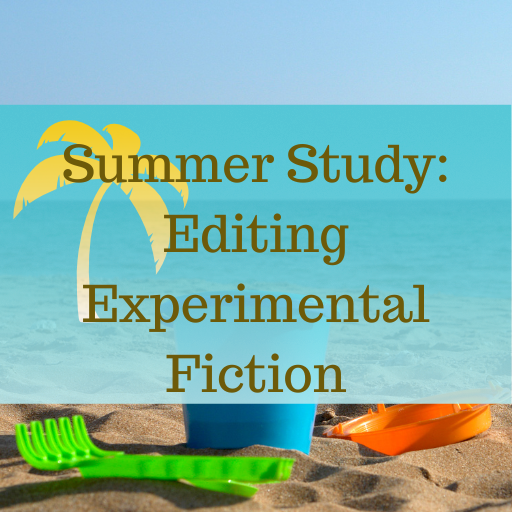Helping Authors Fix Perspective Problems
When our authors write stories with perspective problems, generally they’re in for a long haul during the revision process. An author who can’t “see” the head-hopping (jumping from one character’s perspective to another’s within a scene) they’re doing needs a lot of sentence-level handholding to get it right.
Steps to Take
Since a big perspective problem like head-hopping is generally the province of a beginning writer, the story is likely to have other big dev problems as well, so you’ll need to be sure you prioritize your edits and not try to do too much at once. Overwhelming the author will lead to a less-than-satisfactory revision.
If serious time and/or budget constraints limit what you can do, I have found that the judicious addition of scene breaks can sometimes help the reader through some of the head-hopping without getting lost. (Yes, I have literally done this when there has been no better option!)
Dealing with Superficial Approaches
More nuanced perspective problems can be just as challenging and time-consuming to edit. For example, suppose your author is using limited/close third person but is staying on the top level—showing only the superficial aspects of character. This can be an effective approach if the author is skilled at communicating subtext through the choice of details.
But if not, the author ends up with a story that sounds like a robot wrote it. You’ll either have to help the author learn to create subtext or show them how to move deeper into close third. Subtext is probably harder to teach but showing how to recast the ms in close third could require your edits and the author’s revision on every page, so it’s no laughing matter, either.
One Overall Solution
When dealing with perspective problems, one compromise I often make is to do a close edit on a chapter or a few chapters and suggest the author use that as a model going forward. Sometimes I will revise a chapter myself, then have the author try revising another chapter and get my feedback before continuing the revision. Sometimes a coaching approach will work better than a true developmental edit.
Join the Club!
New to story editing? Begin at the beginning.




